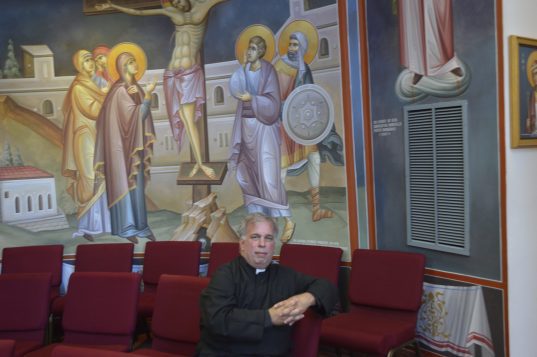By Sofia Levorchick
Over 100 junior firefighters across Long Island gathered at the Suffolk County Fire Academy in Yaphank and Hagerman Fire Department in East Patchogue from Friday, Aug. 25, to Saturday, Aug. 26, for lectures and hands-on training.
“The event’s goal was to give the juniors some flavor of firefighting and all of the different aspects involved,” said Hank Lewis, a member of the Setauket Fire Department, which sent several junior firefighters aged 14-17 to this two-day program.
One primary objective each junior firefighter agreed upon was the need for collaboration, especially when participating in the hands-on training. “We learned to work with people we never met before,” 15-year-old Sophia Florio said. “The event definitely helped me understand how to work collaboratively.”
There were five stations, all of which involved some level of teamwork: vehicle extrication, forceful entry through doors, ground ladders, entry through windows and search in a blacked-out building. From roping hoses out to stabilizing ladders, each junior firefighter had to work together, even with others they didn’t know.
“It was a little bit more than what we would usually get at a normal training,” 14-year-old Jeremy Walters, captain of the Setauket Junior Firefighters, said.
“And it gave us an opportunity to work with different junior firefighters from other stations,” 15-year-old Katie Urso added.
Abby Walters, 17 years old, spoke of the lessons she learned throughout the training regimen. She noted how the program opened her eyes to the need for close collaboration during a fire rescue event. “If there’s a fire, it’s not a one-man job,” she said.
And with unfamiliar people came unfamiliar techniques, particularly those from new instructors.
“One of the most important things I learned was being open to learning things in new ways,” Abby Walters added. “We’re used to how our instructors teach things to us in their own way, but you have to get used to the fact that your idea isn’t always going to work, and you’re going to have to have a plan B or plan C.”
“Some of those strategies work better in situations than the previous ones we learned,” Jeremy Walters added.
“It shows that if we were on a call, we would be working with other members from other stations, so it gave us that experience,” Katie explained.
However, each member faced challenges along the way, especially regarding trusting others and taking part in unfamiliar tasks.
“Searching buildings was probably the most difficult part of the training because there are aspects of the buildings that we have not experienced before,” 15-year-old Gavin Plume, first lieutenant of the junior firefighters, said.
Each junior firefighter managed to persevere through these obstacles, though, and felt that the event was rewarding, particularly in terms of what was learned and ultimately taken away from the experience.
The five junior firefighters all found that becoming acclimated to unfamiliar situations and trusting new people were significant takeaways from this event.
“I valued the opportunity I had to attend this training,” Sophia said. “Although I’ve never met a lot of these kids before, I definitely gained trust from people and learned how to work with them.”
The junior firefighters who participated in the two-day training session were indelibly impacted. With its overall objective to introduce new firefighters to the multifaceted world of firefighting, the event successfully gave them a thorough education that included theoretical knowledge and practical skills.
Overall, this event prepared the junior firefighters to handle emergency responses, emphasizing collaborating with others while accepting new strategies to yield better outcomes.
“It taught us not to be stuck in the box of what we already know,” Abby Walters added. “We have to venture out and think outside of the box.”
— All photos by Bob O’Rourk

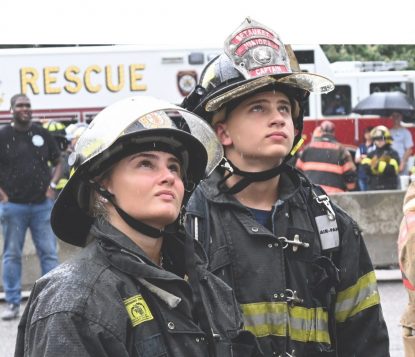
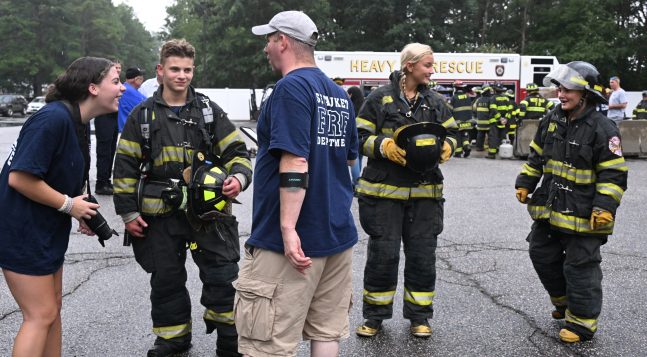
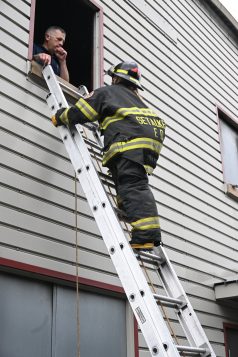
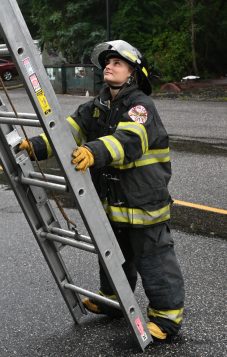
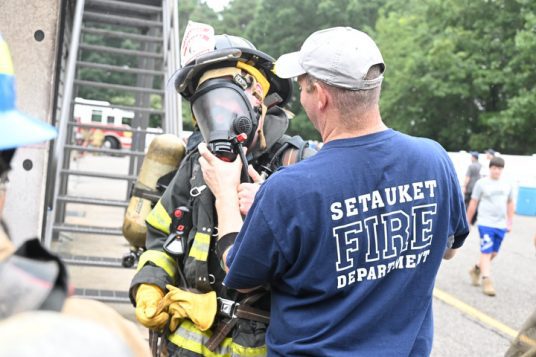





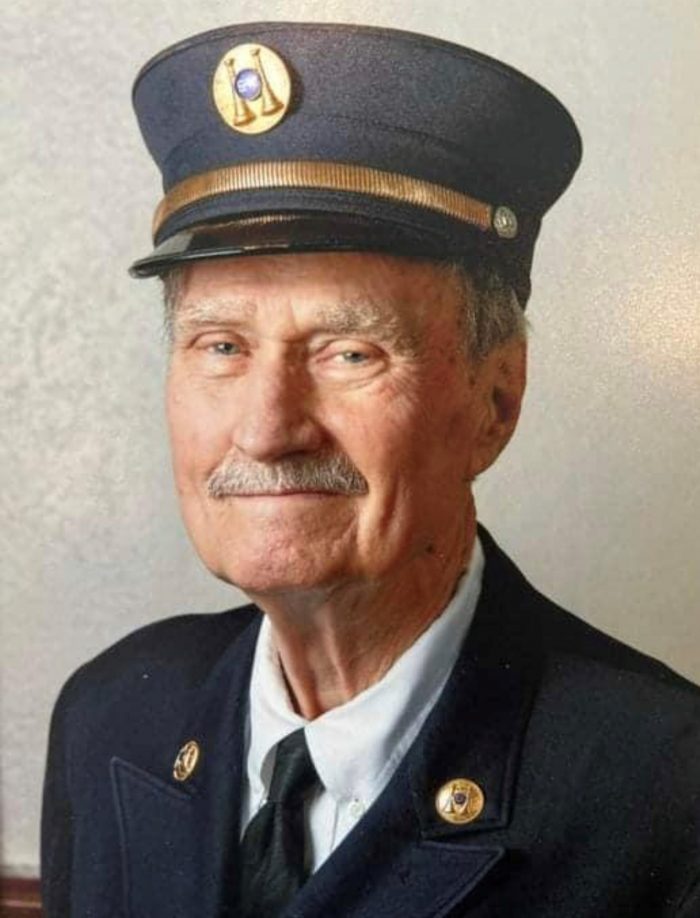
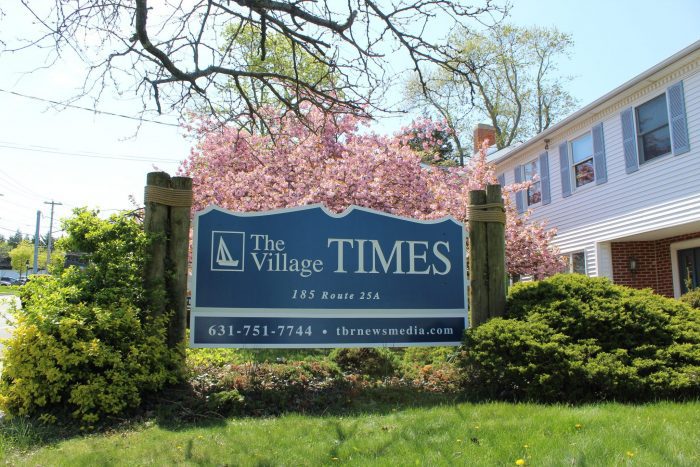

 During a listening tour event on Thursday, Aug. 24, state officials outlined their plans for dispersing the funds. Qualifying projects include flood mitigation, marshland restoration, stormwater infrastructure, farmland protection, open space preservation and much more.
During a listening tour event on Thursday, Aug. 24, state officials outlined their plans for dispersing the funds. Qualifying projects include flood mitigation, marshland restoration, stormwater infrastructure, farmland protection, open space preservation and much more.
